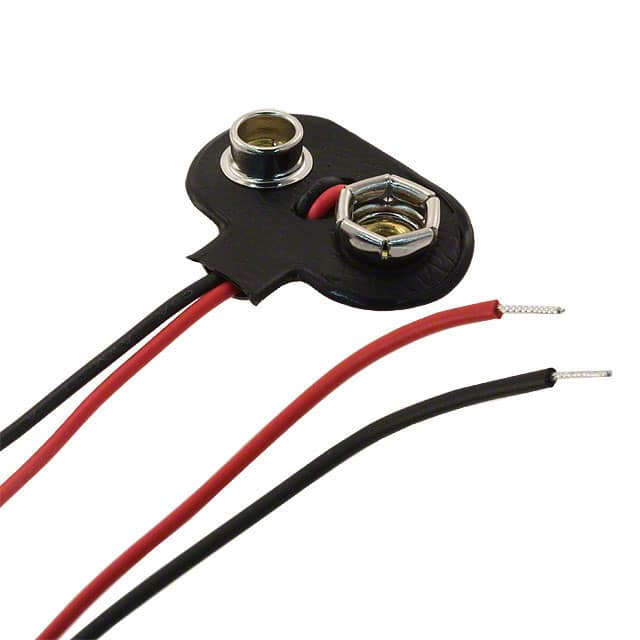Re: My new "Blue" ESR tester
Hell this whole damn post is going nowhere because you refuse to give any basis on your argument.
As far as I am concerned you are a fake!
Google returned nothing!!!!
Hell this whole damn post is going nowhere because you refuse to give any basis on your argument.
As far as I am concerned you are a fake!
Google returned nothing!!!!

 but it was better and easier than removing the bigger Enercell.)
but it was better and easier than removing the bigger Enercell.)
 ).
).
Comment